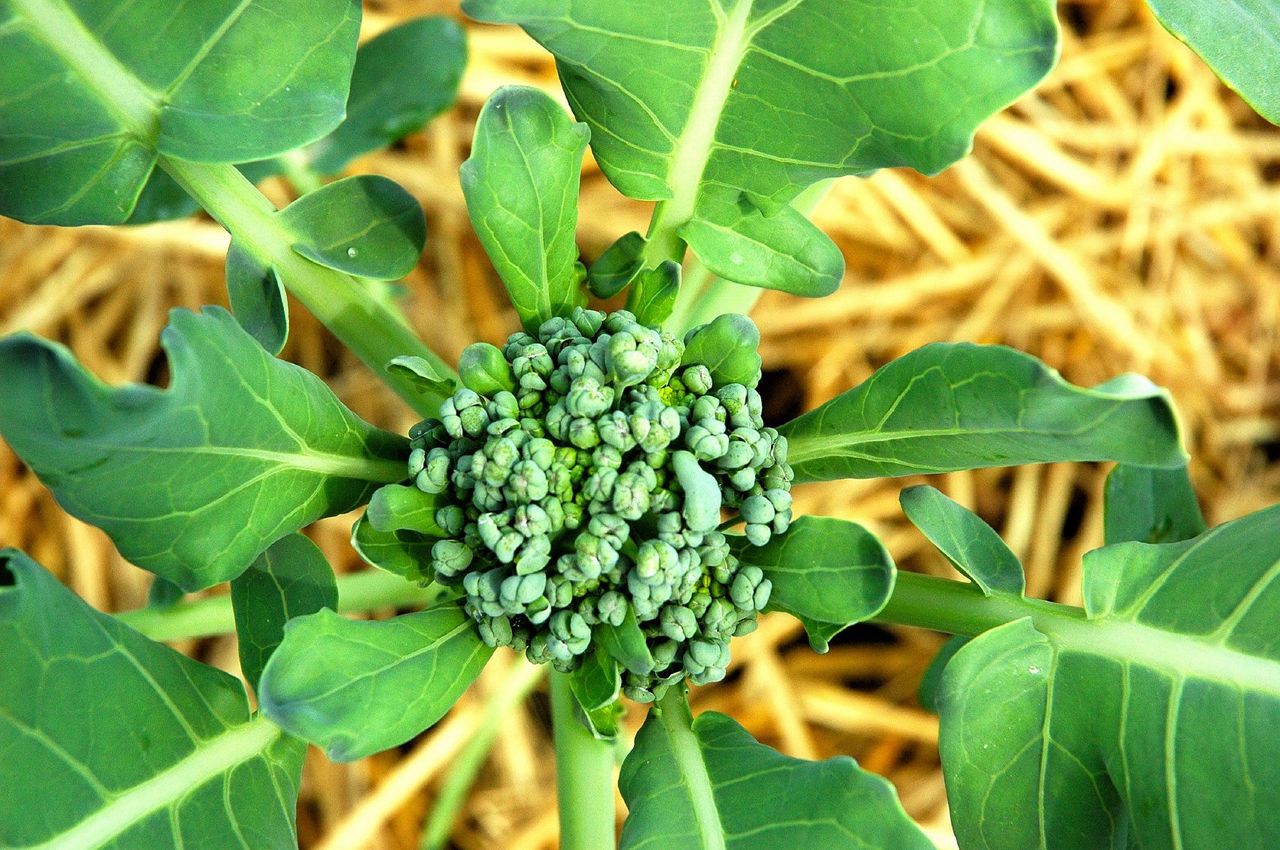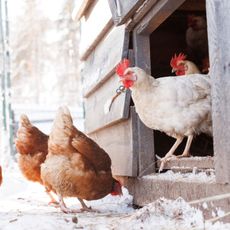Buttoning Of Broccoli: Why Broccoli Forms Small, Poorly Formed Heads

Broccoli is a cool season vegetable that thrives in fertile, well-drained soils that are rich in organic matter. Like any plant, broccoli plants may be afflicted with pests or diseases, and plagued by issues brought about by environmental stress too-- like poor broccoli heads. If your broccoli plants are buttoning, then this article is for you.
What is Buttoning of Broccoli?
Broccoli plants are buttoning when the broccoli forms small or no heads. Buttoning of broccoli is the development of small (for a commercial grower), unmarketable heads or “buttons” when the plant is immature. Primarily, buttoning of broccoli occurs in young plants when they are exposed to several days of cold temperatures of around 35 to 50 degrees F. (1-10 C.). Cold temperatures are not the only reason for poor broccoli heads, however. Broccoli plants are sensitive to any prolonged changes in their environment. A number of conditions can affect the plant, resulting in a change of vegetative growth early in the plants' development. Additional stressors such as insufficient water, a lack of nitrogen, excessive salt in the soil, pests or disease, and even weed competition may all contribute to broccoli buttoning problems. Transplants are more likely to button than young, rapidly growing plants as are plants whose roots are exposed. The good news is that the problem of a broccoli that forms small or no heads can be solved.
How to Resolve Buttoning of Broccoli
To avoid buttoning of broccoli, adjust your planting dates if you are in a region where cold snaps are common so the plants will be mature enough to yield a good-sized head or so they will be too immature for premature buttoning. If you are using transplants, they should have four to six mature leaves and a healthy, well developed root system prior to setting out. Larger, more mature transplants tend to form tiny, early heads (buttoning) that flower too soon. Sow seeds for intended transplants about five to six weeks before you expect to plant them. Maintain a consistent irrigation schedule. Water the broccoli plants deeply and infrequently, about 1 to 2 inches (2.5-5 cm.) of water per week. If at all possible, use drip irrigation to conserve water and apply mulch around the plants to not only aid in water retention, but to slow weed growth. Organic mulches such as straw, shredded newspaper, or grass clippings are ideal. Plastic mulches also conserve water, reduce weed growth, and promote earlier maturity with transplants. Hot caps and fabric protect tender seedlings and transplants from frost and may combat broccoli buttoning problems. Lastly, be vigilant and constant with regards to fertilization. You should apply a nitrogen-based fertilizer (21-0-0) in the amount of ½ cup (118 ml.) per 10 foot (3 m.) row, four weeks after transplanting or thinning. This will stimulate more vigorous plant growth. Apply an additional ¼ cup (59 ml.) when the heads reach the size of a quarter. Then, when the main head has been picked, apply additional fertilizer 6 inches (15 cm.) to the side of the plant and irrigate into the soil. This will encourage side shoot development. Follow all of the above and you should avoid broccoli buttoning and instead, harvest big, beautiful broccoli crowns.
Gardening tips, videos, info and more delivered right to your inbox!
Sign up for the Gardening Know How newsletter today and receive a free download of our DIY eBook "Bring Your Garden Indoors: 13 DIY Projects For Fall And Winter".

Amy Grant has been gardening for 30 years and writing for 15. A professional chef and caterer, Amy's area of expertise is culinary gardening.
-
 Winterizing Chicken Coop Pens And Boxes: 5 Steps To Keep Chickens Safe & Warm
Winterizing Chicken Coop Pens And Boxes: 5 Steps To Keep Chickens Safe & WarmWinterizing chicken coop pens and boxes is a crucial way to keep your chickens safe and warm in the cold season. Follow our five steps for happier, healthier chucks
By Bonnie L. Grant
-
 Ditch The Gym: 5 Gardening Activities That Give A Better Workout
Ditch The Gym: 5 Gardening Activities That Give A Better WorkoutSkip grueling workouts at the gym and get fit in your garden! These gardening activities will give you a better workout while growing something amazing.
By Mary Ellen Ellis